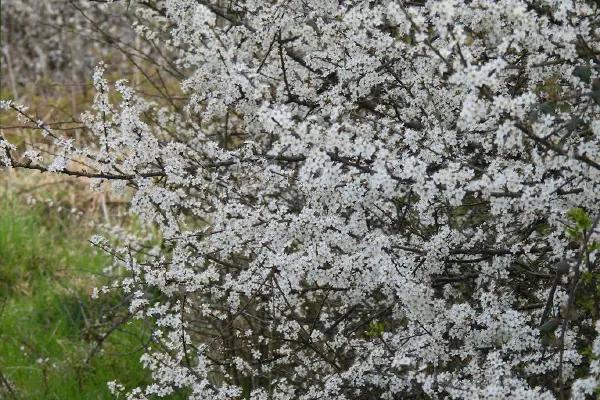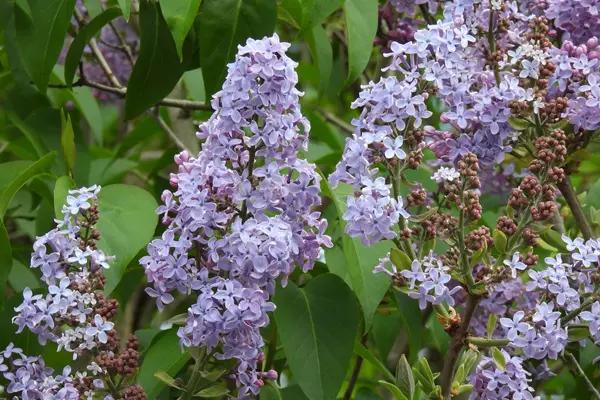Table of Contents
If your neighbours are seeing too much for comfort, a mature hedge between you is a fine sight!
But growing a privacy hedge in order to block the neighbour’s view requires patience.
With these fast-growing species, your hedge will be towering tall as quickly as possible.
The High Hedges Act
Applies to any hedge over two metres, especially evergreen, that has “an adverse effect on a neighbour’s enjoyment of their home and/or its garden or yard”.
In practice, this usually means shading the neighbour’s property, but sometimes blocking a desirable view is the issue.
Most of the time, just shade your own property with your tall hedge, and all’s well.
Leylandii – Best Evergreen for Growing Fast
When you absolutely positively have to grow a magnificent looking hedge that goes zoom, accept no substitutes.
‘Leylandii’ Hybrid Cypress is the undisputed king of fast growing hedge plants.
Love or hate him, Mr X Cuprocyparis leylandii will grow about a metre, three feet, a year to over 30 metres if you let him: great for screening out an eyesore quickly.
Leylandii is relatively high maintenance: he needs clipping at least twice a year, every year to maintain size and green growth. If you cut him hard, he goes bald.
- If he gets to 20 metres, you need a sensible way to trim the top.
- If you aren’t there to trim him one year, pay someone else.
Lawson’s False Cypress – Gentler and Sweeter than Leylandii
Chamaecyparis lawsoniana is a large, fast-growing evergreen conifer with a lot in common with Leylandii, but maybe 30% less vigorous.
Its dark green foliage clips beautifully with a delightful, lemony-citrus aroma that’s a joy to brush past on your way to the car.
Lawson’s Cypress must be also be clipped regularly, as it won’t regenerate from old wood.
Blackthorn based native mix – Best for Wildlife
For a fast-growing native hedge that’s great for wildlife, blackthorn’s bushy base and dense growth is quicker to reach 4-6 metres than Hawthorn, which is the most popular base for a mixed native hedge.
We sell ready-made blackthorn based mixed native hedge packs, but for the fastest possible native hedge in a garden setting, you could pick and mix something more ornamental along the lines of:
- 40% Blackthorn
- 10% Hazel, good for making a thornless end/entrance where people might brush past the hedge
- 10% each: native Dogwood or ornamental varieties, Crab Apple, Sweet Briar Rose, and the native Viburnums Wayfaring Tree & Guelder Rose

Common Cherry Laurel – Best Broadleaf Evergreen
This vigorous evergreen thrives in most soils and quickly makes a handsome formal privacy hedge with bushy, glossy, bright green leaves.
The thick foliage blocks lights, filters wind, and is immune to roadside pollution and mud splatter.
If it’s left a little informal and trimmed once a year, you’ll get white, scented flowers, then in Autumn the shiny, black inedible cherries that birds love.
Trimmed twice a year, you won’t get many flowers, but you will keep it very formal.
Privet – Best Broadleaf Evergreen for Tight Trimming
Green Privet grows quickly and tolerates poor soil, shade, pollution, ideal near busy roads. Golden Privet with its yellow variegated foliage is as tough, but less suitable for full shade.
This resilient plant can be trimmed as you please, great for very narrow hedges and strict shaping or topiary regimes.
Common Lilac – Best for Colour and Scent
Syringa vulgaris is one of the best flowering hedges. Its powerfully scented mauve flowers fragrance the garden throughout May and are irresistible to butterflies and bees. In summer, its vibrant green foliage acts as a restful backdrop to colourful mixed borders.
Plant in a sunny spot, prune annually to encourage plenty of new stems, and lilac will provide a good thicket of cover even in winter after its leaves have fallen.

Tips for encouraging hedge growth
Before planting, improve soil at least by digging it over to break up compaction
After planting, protect the soil around new hedges with weed control fabric where appropriate, or wood chip mulch
- Trimming hedges is what keeps them in good condition:
- Vigorous evergreen hedges generally need trimming twice a year to stay neat
- Pruning deciduous plants once a year is fine, except for Beech & Hornbeam
- Water well in dry weather for the first two years after planting.
- Carry out light formative pruning in the early years after planting, except for deciduous native country hedge plants which should be down by half in the first year, and by half the new growth in the second year.
- Trim established hedges regularly to promote compact and dense growth
- Trim hedges to a boxy tapered shape, tilted on both sides so that the base is wider than the top, or cutting a chamfer angled along the top corner.
Key takeaway
Good boundaries make for good neighbours, and hedges make beautiful boundaries!
Grow an enclosure for your garden that pleases you when you look out the window. There are no rules, apart from the high hedges regulations.
